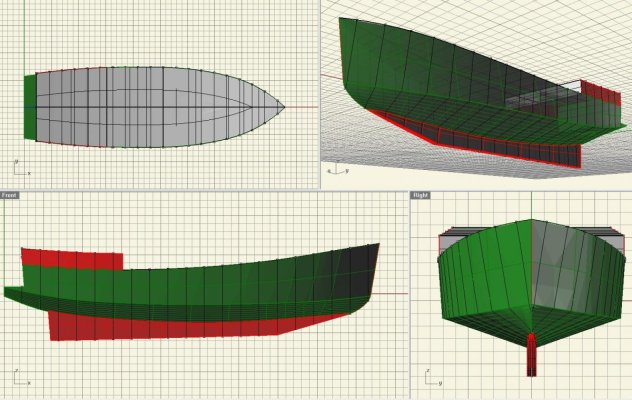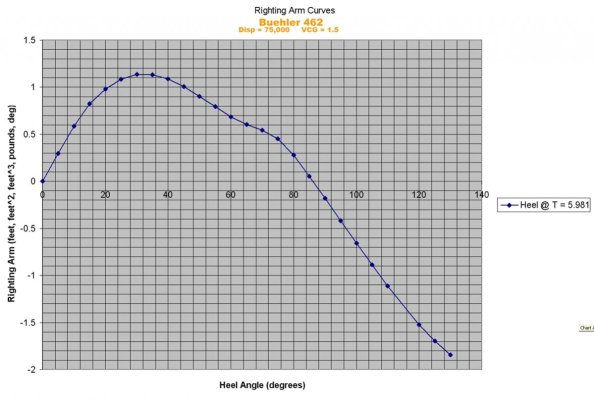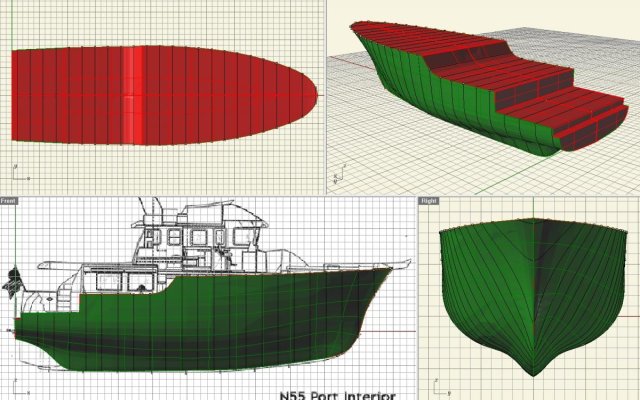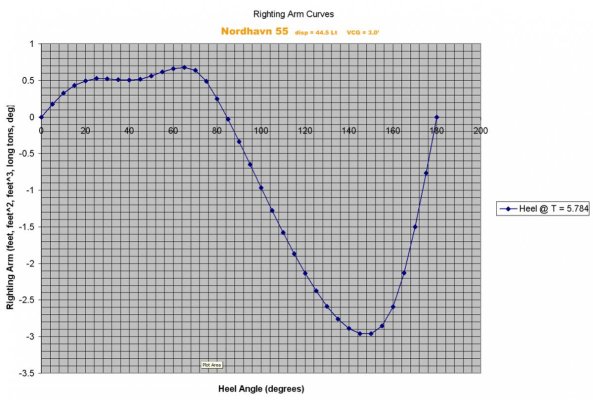Which is why this thread has gone to 7 pages.
Not many of us, under any circumstances, can see spending any money, let alone big bucks, on a boat that add it is launched, a 30% list gets it to turn turtle.
It's funny to me, but also to me days a lot about the builder. NO MATTER WHAT THE CIRCUMSTANCES.
Because I'm sure this mishap report will detail the separate things that added up to this loss, but ultimately, I don't want a boat that can't be launched with no room for error.
The defenses New World occasionally chooses to attempt are all sad. I picture someone arguing with themselves.
New World: It is not a problem with the build. We've built a lot of boats that float upright. It's New World's dollies.
New World: Is is most definitely not our dollies. We've used them before. It's your, New World, design. Your internal Architect.
New World: It is not our naval architect's fault. We asked him. He said the design is fine. It was the ramp New World chose to launch it.
New World: It most definitely was not the choice of ramp. We've launched bigger there before. It's the way New World put the ballast in.
New World: It has nothing to do with the way we placed the ballast. We do it like that all the time. It is that the stabilizer fin you New World guys installed stuck and got knocked off.
New World: It has nothing to do with the stabilizer fin. Look, it's not even dirty. It's the buyer's fault for choosing us.
New World: Yes, that's it. His fault.
New World: Absolutely. That or an act of God. He did it.
New World: Or our prior owner.
Prior Northern owner: You people are not Northern. I own the name and the assets. You are nothing.
Current New World Owner: We are so. We have the rights from you.
To Tell the Truth: Will the real Northern stand up please.
$64,000 Question: It was a lot easier when we rigged these things.
The fact is at this point we don't know the cause. The one thing we do know is that the responsibility for it is the same, whatever the cause. We also know that they are less than forthcoming with factual information and there was plenty of trouble before this. It will be ages before an official finding and even longer than that before everything is resolved legally, perhaps longer than the wait for Lebron to announce his decision.








 Of course, I'm still hoping he'll advise me on the stability factors of my three story Manatee proposal.
Of course, I'm still hoping he'll advise me on the stability factors of my three story Manatee proposal.


